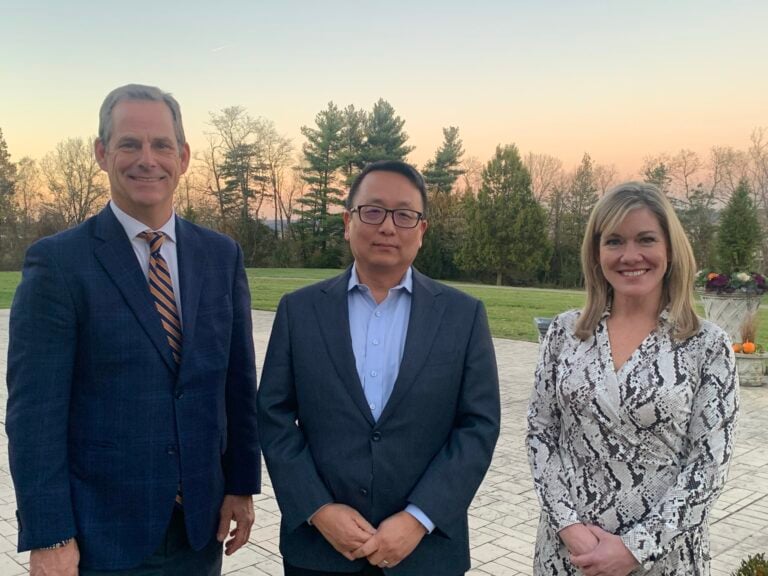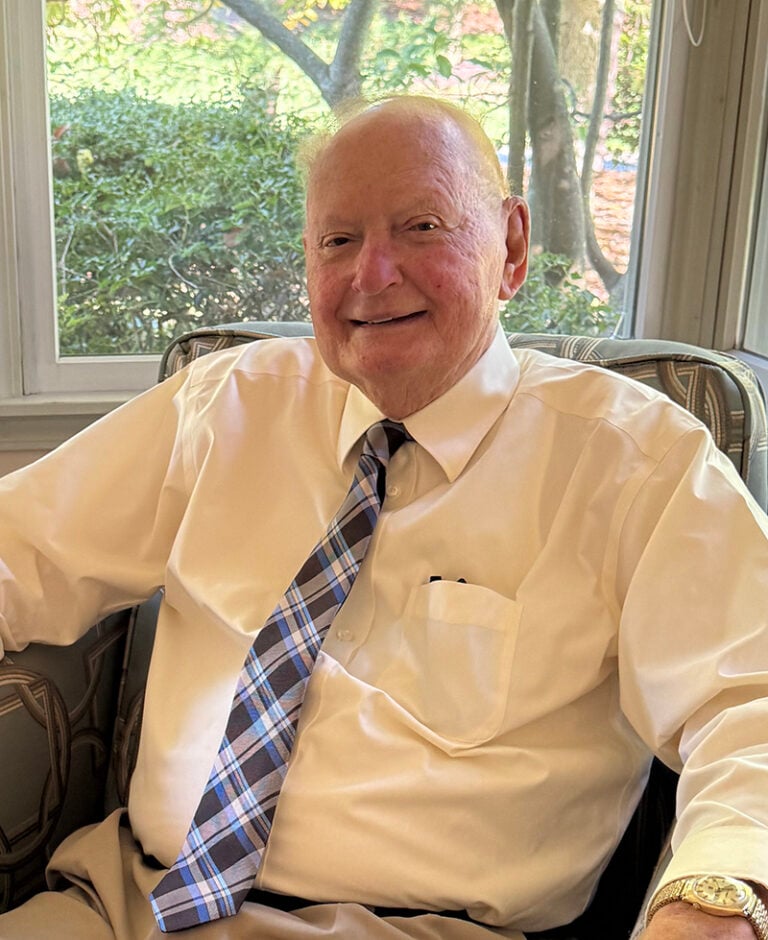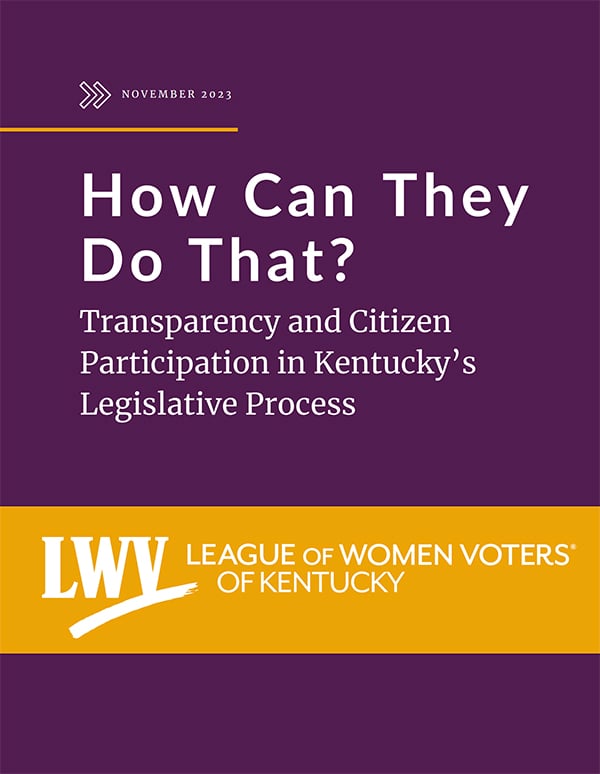By Patricia A. Scheyer
NKyTribune reporter
With Artificial Intelligence bursting onto the horizon, people are scrambling to see how it fits in various fields, especially the medical field. The subject came up at a recent informational sessions held by St. Elizabeth Healthcare in honor of World Cancer Day.
AI based biomarkers for cancer screening and diagnosis and imaging that is AI assisted used for tumor detection are two applications that were discussed.

“This region is really ground zero for cancer in America,” said Dr. Douglas Flora, Executive Medical Director of Oncology for St Elizabeth Hospital. “Kentucky is a hotbed — It’s number one in the country for colon cancer and lung cancer in both deaths and late stage presentations. We have our hands full but we’re doing a lot of good work here at St Elizabeth.”
Dr. Flora edited a journal entitled AI in Precision Oncology, and he enthusiastically pointed out that the union of AI and oncology is a new chapter in patient care.
“The intricacies of oncology, with its ever-evolving landscape of treatments and methodologies, stand to benefit immensely from the precision and vast knowledge base of AI platforms such as ChatGPT,” he said in an article on designing prompts in oncology contexts, co-authored with Nikhil Thaker.
Still, it was noted that any tool, AI in particular, is only as good as the user. As with any good search engine, the user should structure any question presented to the ChatGPT to limit the scope and control output length and format of any possible answer.
“I think 18 months from now we’re going to find ourselves immersed in AI, and we should be vetting these tools carefully,” Flora explained. “But we should view them as tools that we can use, like a stethoscope or a CT scan, to help the patients.”

The definition of Artificial Intelligence is, very simply, studying and producing computing methods and other components that emulate human intelligence in many ways, such as perception, speech recognition, decision-making, and the processing of the human language. With these traits, AI should be able to help to improve cancer diagnosis, assist in planning out treatments, and foretell logical outcomes for patients, simply by taking all the information resulting from tests, compiling the information in a quicker manner, and arriving at a logical conclusion.
When AI is overlaid on the current diagnosis and treatment for lung cancer, which is the leading cause of cancer-related deaths in both men and women, improvements have happened. Treatment is generally highly individualized for lung malignancies, and since that includes screening, diagnosis, selection of therapy, and prognosis with surveillance, AI components can be easily applied. At the same time, who decides which programs come first and will open the most doors for the most improvements?
“Everybody in the industry is approaching St Elizabeth’s as an early adopter (of AI), and we can’t buy 200 programs at once,” said Dr. Flora. “We don’t have the IT muscle. So we have to determine that carefully. I think there is a user case right now for the things that have been validated.”
There have been some prediction models based on AI that are being used to estimate responses to specially targeted therapy and immunotherapy.
Even though AI can be used at virtually every stage of lung cancer treatment, the fact that it is not standardized holds it back a bit, and work will have to continue on that front.
For instance, low dose CT scans are very helpful in detecting early lung cancers, but there is still a challenge to distinguish benign tumors from malignant ones. Very small nodules are sometimes missed entirely. AI can help analyze medical images and provide information on abnormalities and medical conditions.

“We are in this unimodal phase where it’s really good at pattern recognition and reading digital pixelated slides for pathologists or image recognition for CT scans, or chest Xrays, and so on,” Dr. Flora said. “But as we get into this next generation — well beyond chatbot and into clinical decision-making — I think we’re going to see more cures. We’re going to find earlier identification, and more patients saved.”
In the past decade lung cancer treatment has changed dramatically. With these changes it is now possible to accomplish sequencing of hundreds of genes at the same time, leading to sub-classification of molecular characteristics.
“The next round of products is going to be hands free,” Dr. Flora concluded. “It (AI)will be able to take large, unstructured data sets and make sense of them. We’re not there yet, but I am going to be asking for pilots and trials, and, please, let oncology have it first. I’d love to do that with my own division. My doctors are ready.”





















